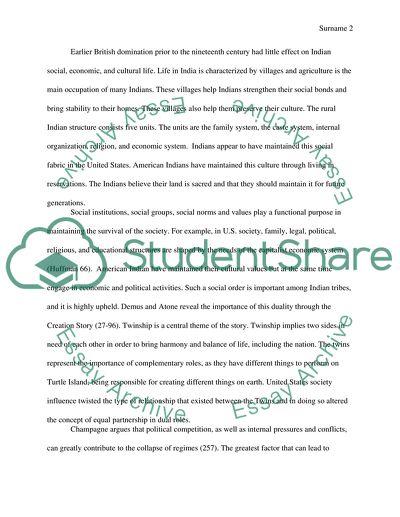Cite this document
(“American Indian: Social and cultural change Essay”, n.d.)
American Indian: Social and cultural change Essay. Retrieved from https://studentshare.org/sociology/1689631-american-indian-social-and-cultural-change
American Indian: Social and cultural change Essay. Retrieved from https://studentshare.org/sociology/1689631-american-indian-social-and-cultural-change
(American Indian: Social and Cultural Change Essay)
American Indian: Social and Cultural Change Essay. https://studentshare.org/sociology/1689631-american-indian-social-and-cultural-change.
American Indian: Social and Cultural Change Essay. https://studentshare.org/sociology/1689631-american-indian-social-and-cultural-change.
“American Indian: Social and Cultural Change Essay”, n.d. https://studentshare.org/sociology/1689631-american-indian-social-and-cultural-change.


